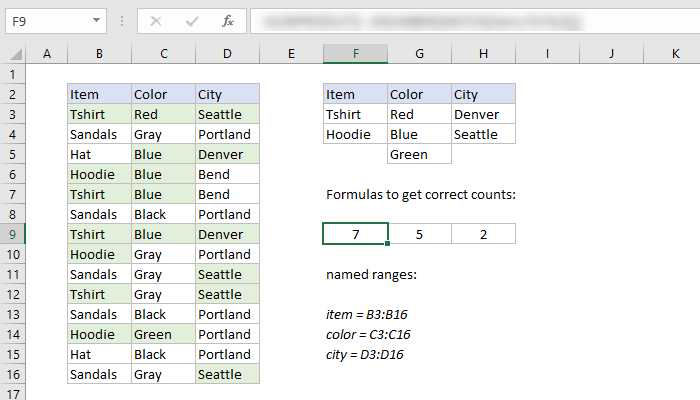Formula challenge - multiple OR criteria
Formula challenge - multiple OR criteria
📤How to Download ebooks: https://www.evba.info/2020/02/instructions-for-downloading-documents.html?m=1


![]() Hi, I'm Mr Z-Lib Admin of Z-Lib.click .Thank you so much and I hope you will have an interesting time with Z-Lib.click . Mail: webappninja1@gmail.com - PHONE : +84779313987.
Hi, I'm Mr Z-Lib Admin of Z-Lib.click .Thank you so much and I hope you will have an interesting time with Z-Lib.click . Mail: webappninja1@gmail.com - PHONE : +84779313987.
Learn More →
Leave a Comment